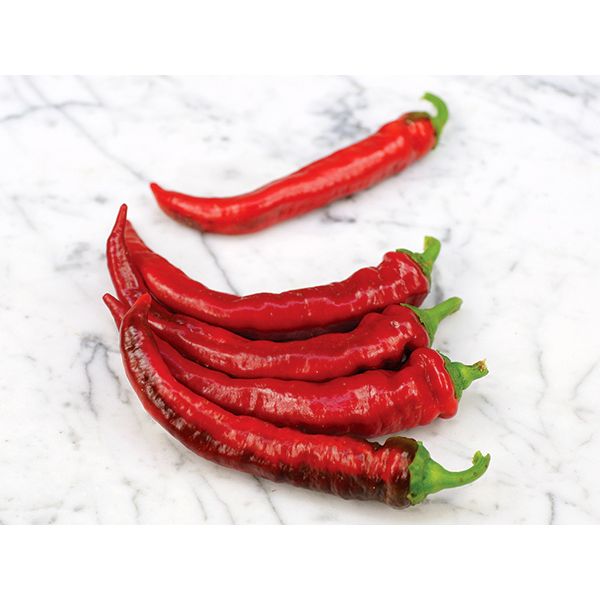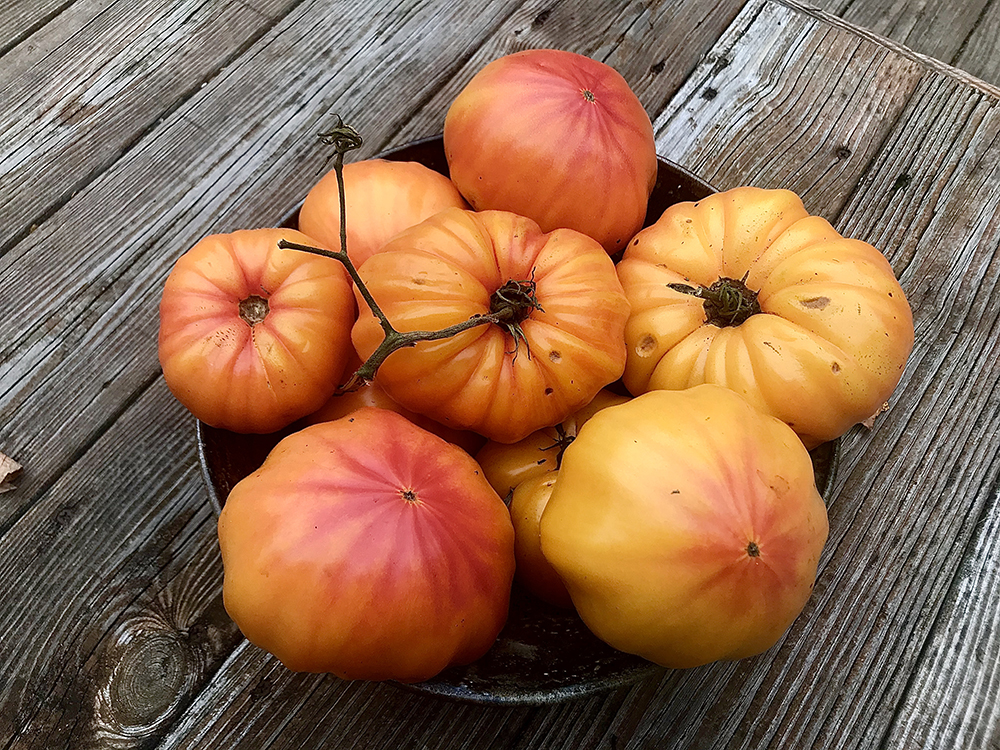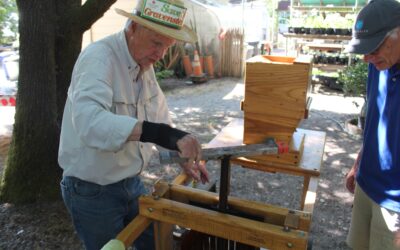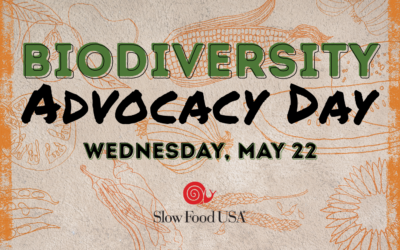King Philip Corn
When the seeds of the King Philip Corn were first grown by the Food Project farmers outside of Lincoln, Massachusetts last year, it was as if the land itself was welcoming the corn back. Chipmunks, mice, and other small animals were drawn to first the unplanted kernels, then the tall stalks, and then the ears of corn in a way that the farmers of the Food Project hadn’t seen with any other plants.
“It felt good to be able to offer that to the land,” says Yun Yun Li, who was a growers assistant for the Food Project at the time. “It was like we were saving the seeds, but also giving a lot of seed.”
For most farmers, inadvertently feeding wild animals with their crop seems like something to avoid. But for the farmers growing it last summer in Massachusetts, it was an acknowledgement of the greater purpose of growing these corn kernels. Yes, they were trying to grow corn to be shared with gardeners across the country, but they were also working towards reconnecting the seed to the land that it is believed to have originated from: the land of the Wampanoag.
The farmers at the Food Project were part of a larger team, coordinated by Truelove Seeds company out of Pennsylvania, who were working to plant enough seeds for the Plant a Seed campaign this year. Truelove Seeds centers their work and seed collections around the needs of farmers and the cultural heritage of these farmers, and so a good deal of their work is focused on growing and returning Indigenous seeds to the groups that historically bred and grew them.
The King Philip Corn came to Truelove with Owen Taylor when he founded the company, by way of his seedkeeper mentor, Dr. William Woys Weaver. The flint corn, which varies between a deep copper-red and a copper-yellow color, is thought to have originally been grown by the Wampanoag tribe. Named after Metacom, the Wampanoag sachem (leader), who was known as King Philip among settlers in the Massachusetts Bay, the corn has almost gone extinct with the rise in industrialized agriculture.
Flint corn, so called because of the hard outer layer of its kernels, is best for grinding into a cornmeal, or nixtamalized to be used as hominy. Through intentional selection the cobs were lengthened from eleven to fourteen inches by 1860, but the two to four ears of corn that it produces, and which were once considered highly productive, fell out of favor with more modern hybrids that came onto the market in the late 19th century.
Because it was no longer favorable in the highly industrialized corn production that the United States favors today, the future of this corn relies on small scale farmers to keep it around. For farmers like Owen, seeing King Philip planted by farmers such as those at the Food Project, and its inclusion in the Plant a Seed kits, gives him hope that that future is possible. Perhaps more importantly, however, for the people involved in growing King Philip over the past few years, it’s seeds won’t be returning to just any land, but will specifically be returning to the land and the community of the Mashpee Wampanoag.
A portion of the profits Truelove makes from producing Indigenous seeds goes straight to the communities that those seeds come from. In this case, they are going to go to the Mashpee Wampanoag, who have called the land now known as Cape Cod their home for thousands of years. This spring, led by Danielle Hill Greendeer, a citizen of the Mashpee Wampanoag Tribe, these seeds will be planted on their community farm.
Planting them will just be one step however, in recreating the connection between the tribe and the corn. For Danielle, this is the embodiment of what she’s been working towards for a long time.
“I think this is such an exciting moment for us, and something I’ve been hoping for us to happen collectively,” she says. “Just having this level of food sovereignty come alive, like it’s not theoretical anymore. We actually have now a real tangible product, rooted in our history and our food.”
This work will involve a communal effort led by tribal historians, tribal botanist and other plant experts, as well as non-native experts on the corn such as the farmers who have been growing it these past few years. Together they will create the corn’s future on the terms determined by the Mashpee Wampanoag, and create a continuation of its story on their land.
Written by Malia Guyer-Stevens, Slow Food USA Editorial Intern
Interview with Owen Taylor, True Love Seeds
Planting the Seed
Learn how to start seeds indoors with Slow Food USA School Garden committee chairs — in different ways and different places! The exact timing and practices for planting your seeds will depend on your growing zone and frost dates in your region. More information can be found in the Farmer’s Almanac Planting Calendar – just enter in your zip code to find helpful notes on starting your seeds and planting your starts!
Information on saving the seeds can be found on the Truelove Seeds website.
Sebastopol’s community apple press is a free way to make fresh juice
Gather your apples! Your Honeycrisp! Your Fuji! Your Golden Delicious! Even your hopefully-ripe-by-now Gravensteins! Why? Because, as of this past weekend, Slow Food Russian River’s (SFRR) Community Apple Press is up and running.
Unpacking Indigenous seed politics: respect over royalties
How do we honor the seedkeepers who have nurtured food on this land for countless generations? That’s a question that lives in a gray area, and not all Indigenous communities agree on the outcome.
Championing Biodiversity: Advocating for Change Through the Farm Bill
Let’s take action to preserve and expand biodiversity by contacting our elected officials.








